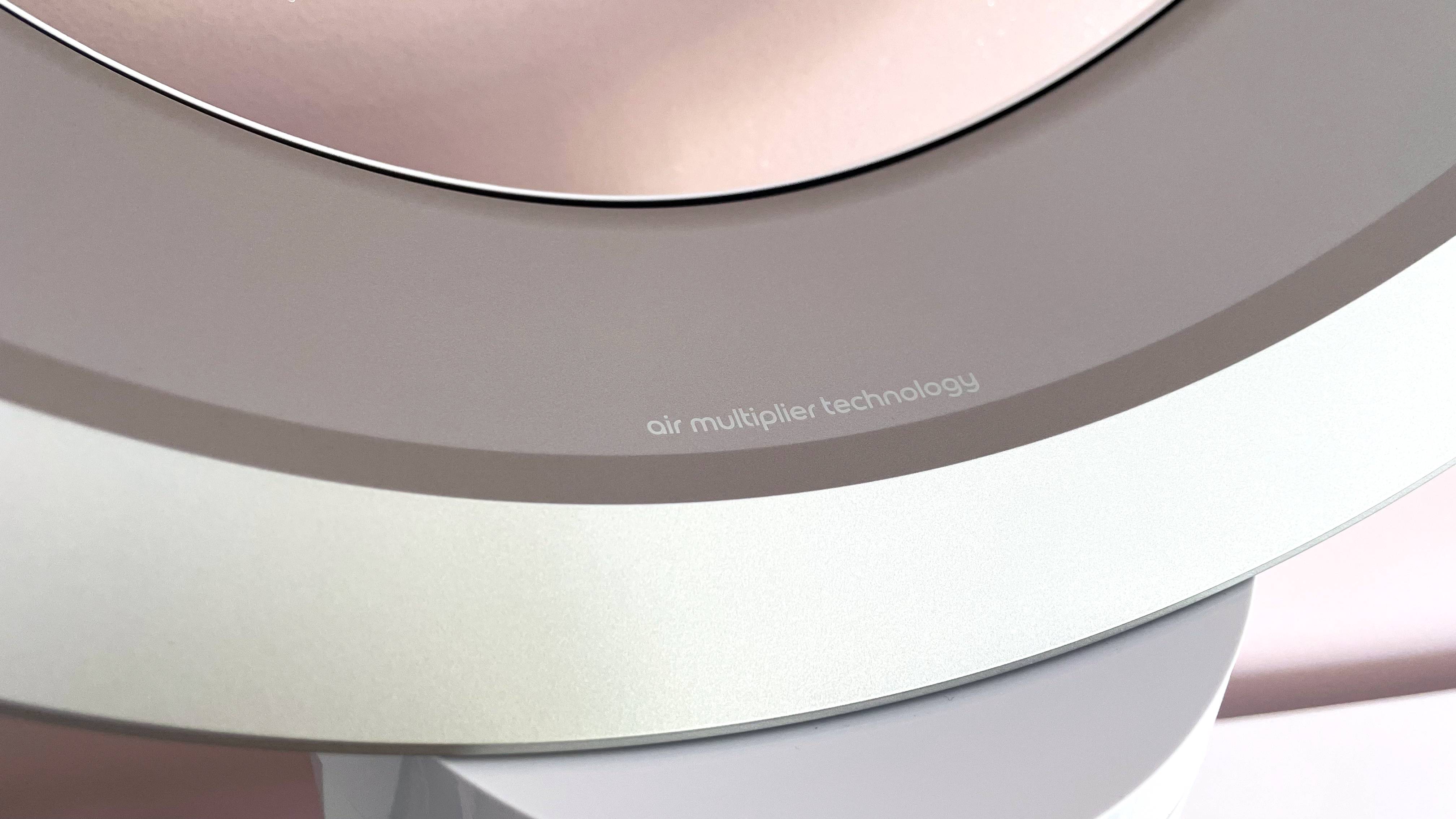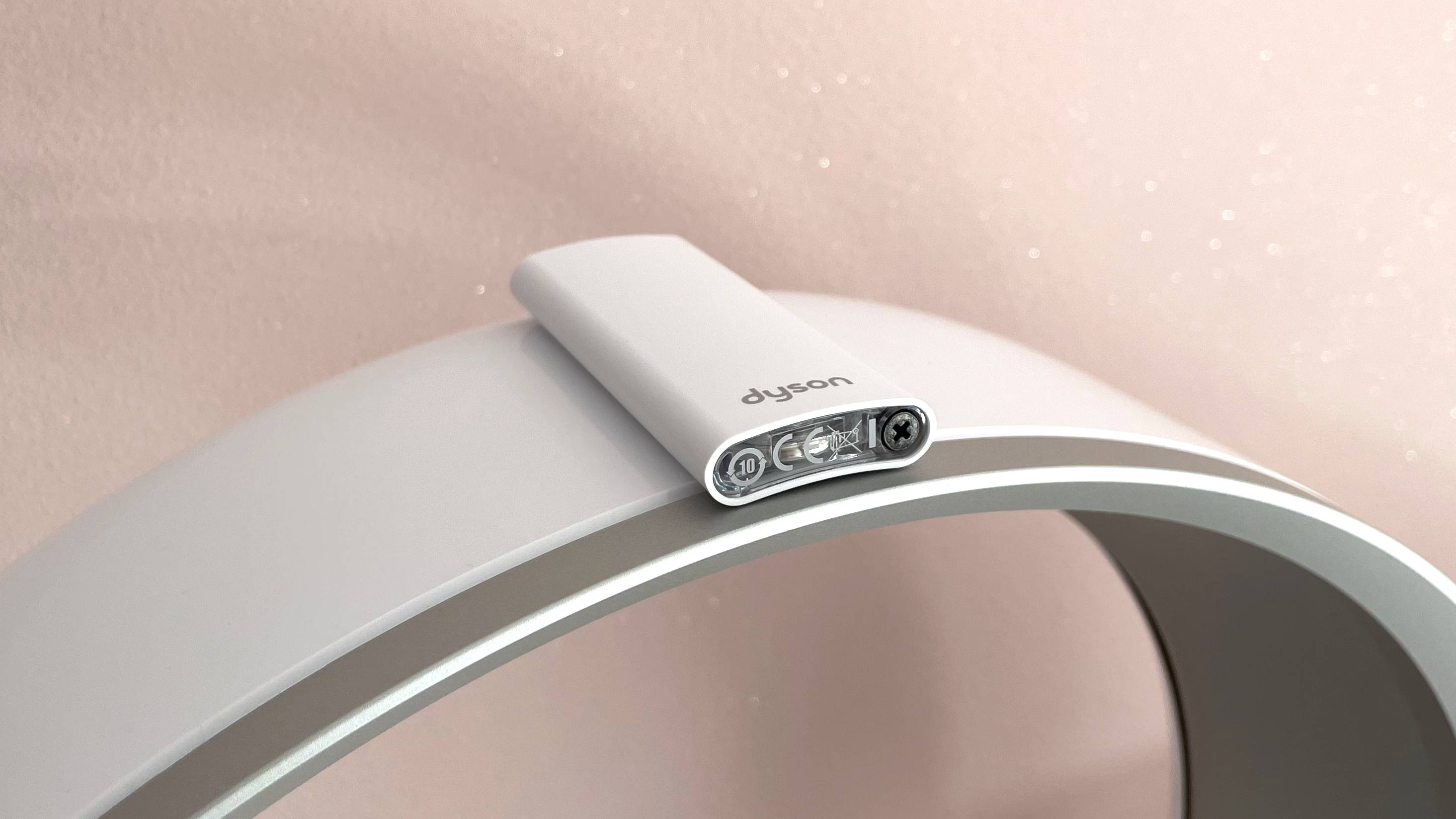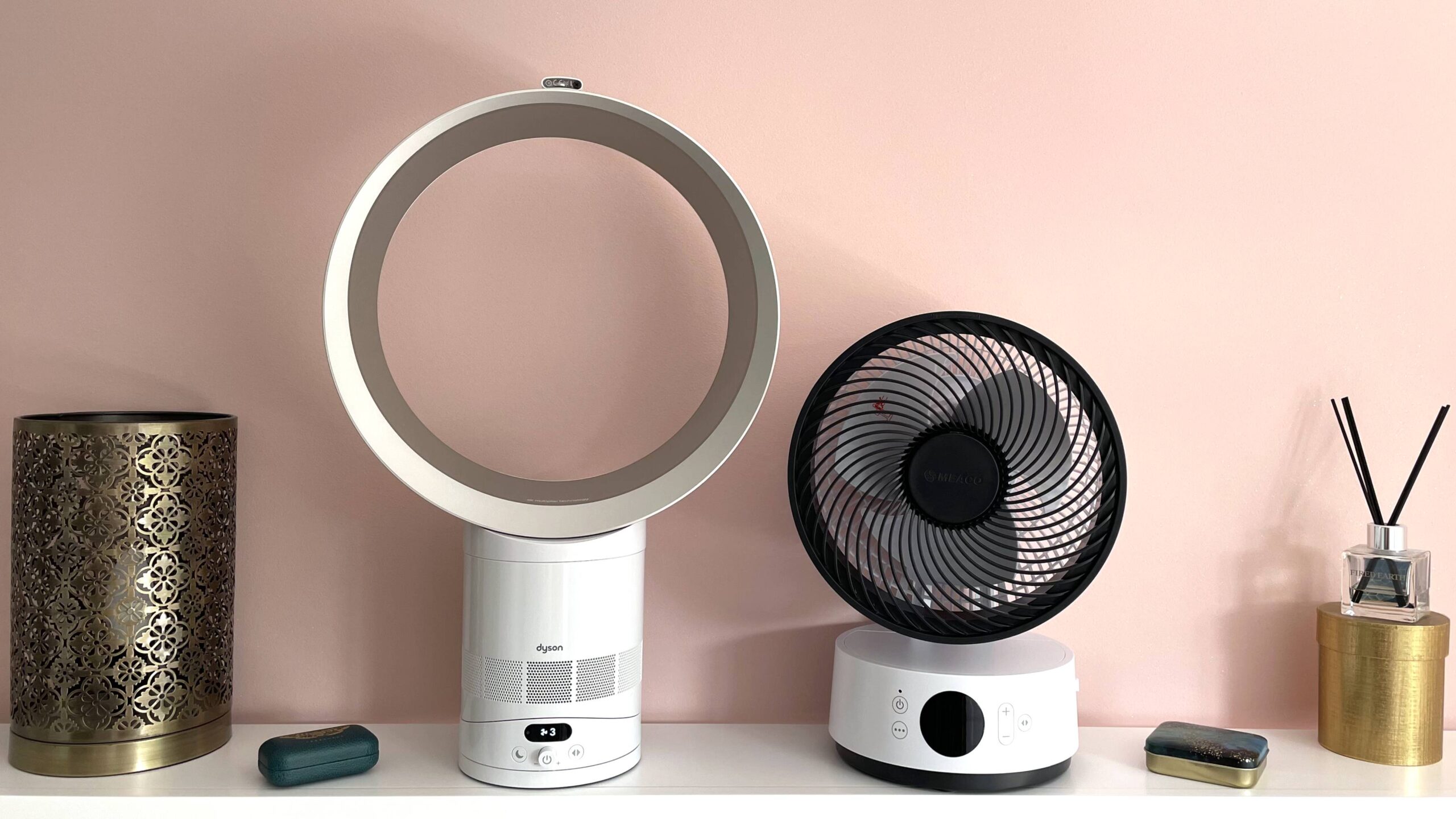As the summer months start rolling in, my mind turns to keeping cool in the warmer weather. When it comes to personal cooling, Dyson is the first brand that springs to mind for many, and understandably so, as it makes some fantastic products. But its fans don’t come cheap.
Dyson makes some of the best air purifiers and vacuum cleaners on the market, thanks to their efficiency – and the iconic aesthetic makes them incredibly desirable. But having tested Dyson’s best, as well as a load of alternatives, I’ve found that when it comes to fans I can be cooled down just as well using a far cheaper option.
If you’re on the fence about whether or not to invest in a Dyson fan, I’ve listed a number of points below that are worth considering before you commit to the cost. Because if all you want is to stay cool, you can do it for less.
1. There are quieter fans out there
I’m not saying that Dyson fans aren’t quiet – quite the opposite, in fact. I found this out when I reviewed the Dyson Purifier Cool Gen1 TP10 Purifying Fan, whose quiet operation of just 52dB at top speed had me thinking that a more traditional bladed design wouldn’t be able to compete when it came to volume levels.
It turns out I was mistaken, however, as I learned when I tested the MeacoFan Sefte 8in Portable Air Circulator. It gave me noise readings as quiet as 26dB on the lowest fan speed, and a very impressive reading of just 36dB on speed 12, which is quieter than the sound of your average refrigerator.
2. They don’t always hit the spot
While Dyson’s iconic bladeless loop amplifiers are undoubtedly an impressive piece of engineering, I’ve found the gappy design tends to leave a bit of a blind spot in the air flow. This means I often need to use a higher fan setting, and perfect the angle or keep the fan oscillating to feel sufficiently cooled.
My air circulator, on the other hand, makes me feel cooler right off the bat, as the design delivers a more concentrated flow of air, making it feel stronger even at lower speeds. This will depend on the design of the air circulator, obviously – but it’ll usually be true of any decent one.

3. They’re not as cutting edge as you might think
While Dyson’s Air Multiplier technology is patented, the bladeless fan concept is not. In fact, Toshiba developed the first bladeless fan over forty years ago. My point here is that there are other options on the market if you’re determined not to purchase a bladed fan, which are, more often than not, more affordable too.
One such example, and one we consider to be one of the best fans on the market, is the satisfyingly adaptable Shark TurboBlade, which can blast air in multiple directions at once and is considerably cheaper than a Dyson.
4. They have a premium price tag
It’s safe to say that the Dyson name is associated with a hefty price tag. Whether or not Dyson fans are worth the expense really comes down to personal preference.
It’s not that Dyson fans don’t do a good job; they certainly do. But as I’ve learned, it’s possible to get just as efficient, and in some cases, even better cooling from cheaper alternatives. If brand names and a sleek and modern aesthetic are at the top of your wishlist then, without a doubt, a Dyson is the way to go.
However, if you prioritize function over form and want to get the most value for money, I’d recommend checking out fans from brands like Shark, Dreo, and Govee.
5. They’re not ‘remotely’ attractive
Don’t worry, I’m not slamming the Dyson aesthetic. Quite the contrary, in fact, as I love the smooth curves, quality materials, and modern design that we all associate with their products. This is why it’s particularly unfortunate that the clear end panels on the Dyson remotes make them look unfinished.
I wouldn’t mind as much if they were designed to be holstered out of the way. But the fact that they’re magnetized to sit on top of the loop amplifiers, therefore placing them front and center, makes it all the more disappointing.
In contrast, the remote for the MeacoFan Sefte 8in looks well finished, and near enough disappears when magnetically clipped to the front of the circulator.


6. I can use my air circulator all year round
Okay, this point isn’t actually Dyson-specific, but it’s a useful bit of info that’s worth sharing. One of the key differences in air circulators and fans is that, as the name suggests, air circulators are much more efficient at distributing air flow around the room. This makes them a perfect pairing not only with air conditioning units in the summer, but with heaters during colder spells too, as an air circulator can help evenly distribute the warmer air.
This means you could be spending less than a Dyson on an air circulator that proves its worth all year round, rather than investing in a premium fan whose best work is limited to the summer months.
